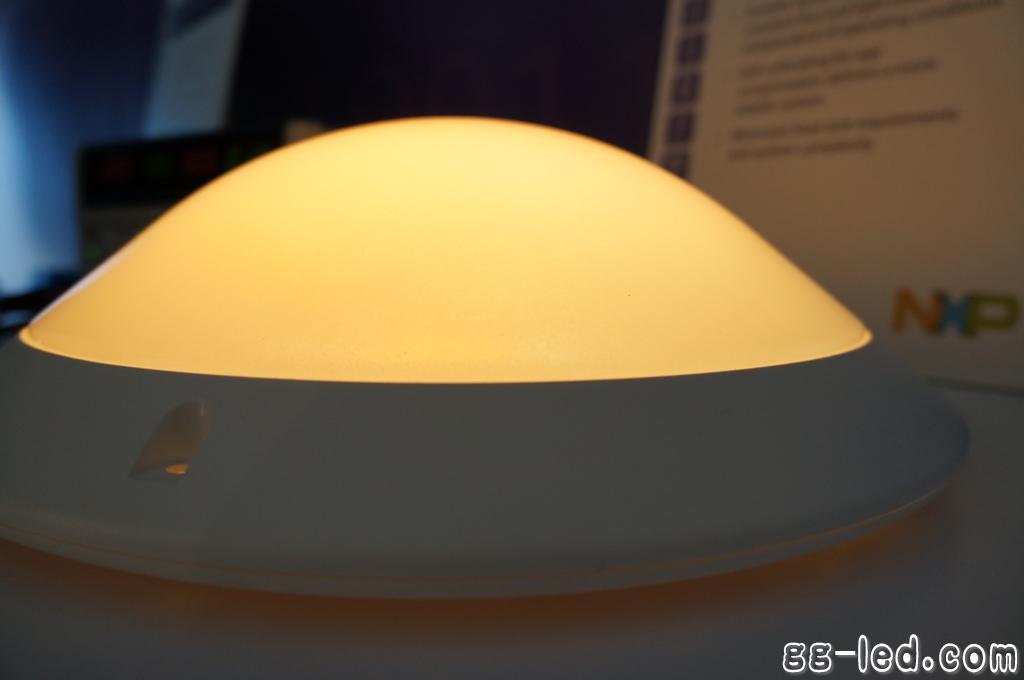At the recent International Consumer Electronics Show 2013, NXP Semiconductors (Nasdaq: NXPI) demonstrated a groundbreaking solution through which LED lights can maximize the imitation of traditional incandescent lamps. When it comes to, it produces a warmer and more comfortable white light. In addition to the "sensorless sensing" technology developed and patented by NXP, the solution also includes the elimination of the use of external temperature sensors to reduce the cost of the LED system, reduce the size of the heat sink required to cool the LED system, and Significantly improve reliability.
The light color of an incandescent lamp becomes warmer and more emotional when it becomes darker and less bright. In contrast, today's LED lights are generally inferior to the light color experience of traditional light bulb users throughout the dimming range.
To mimic incandescent lamps when LEDs are dimmed, NXP Solutions integrates three key functions into the driver circuit:
1. A most economical and effective method of combining white LEDs and amber LEDs to form the most pleasing light color (along the black body radiation curve)
2. Perform logarithmic correction of eye sensitivity with an analytical model that allows the desired color point to be achieved when dimmed
3, using sensorless sensing technology to directly measure the LED junction temperature, to achieve accurate and efficient real-time temperature correction, which is critical for reliable control of LED performance under any conditions

Regardless of the LED usage time, the intelligent LED driver developed by NXP can provide stable color and light output at any temperature through these functions. Sensorless sensing directly measures the LED junction temperature by connecting two existing wires of the LED, solving the challenge of LED temperature drift, and has more advantages than the traditional LED temperature measurement method. The use of sensorless sensing eliminates the need for external sensors or wiring, reducing component count and enabling a more compact heat sink. In addition, sensorless sensing enables fast performance, accurate temperature measurement (~ 1 °C res.), dynamic light control, no heat sink and operating conditions, no thermal modeling, and self-calibration to compensate for time.
Michael Bruno, senior director of advanced technology and future innovation business development at NXP Semiconductors, said: "Our research team has come up with an ingenious response to this question: What can inspire consumers to ultimately accept LED lighting with the same emotions as incandescent lamps? With sensorless Sensing technology, we show a new way to achieve incandescent lamp-related warm light by using dimmable LED lights. Sensorless sensing also helps reduce overall system cost by eliminating the number of components required. Another major obstacle to the widespread adoption of LEDs. This clever approach significantly improves the reliability and longevity of LEDs, so sensorless sensing has great potential in other areas such as automotive SSL and commercial LED applications."
(This article is submitted by NXP Semiconductors)






